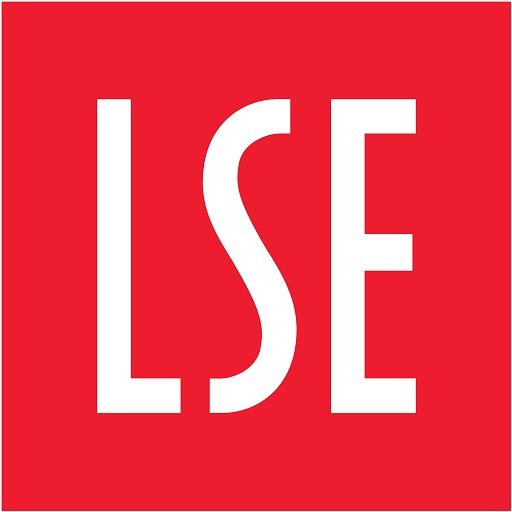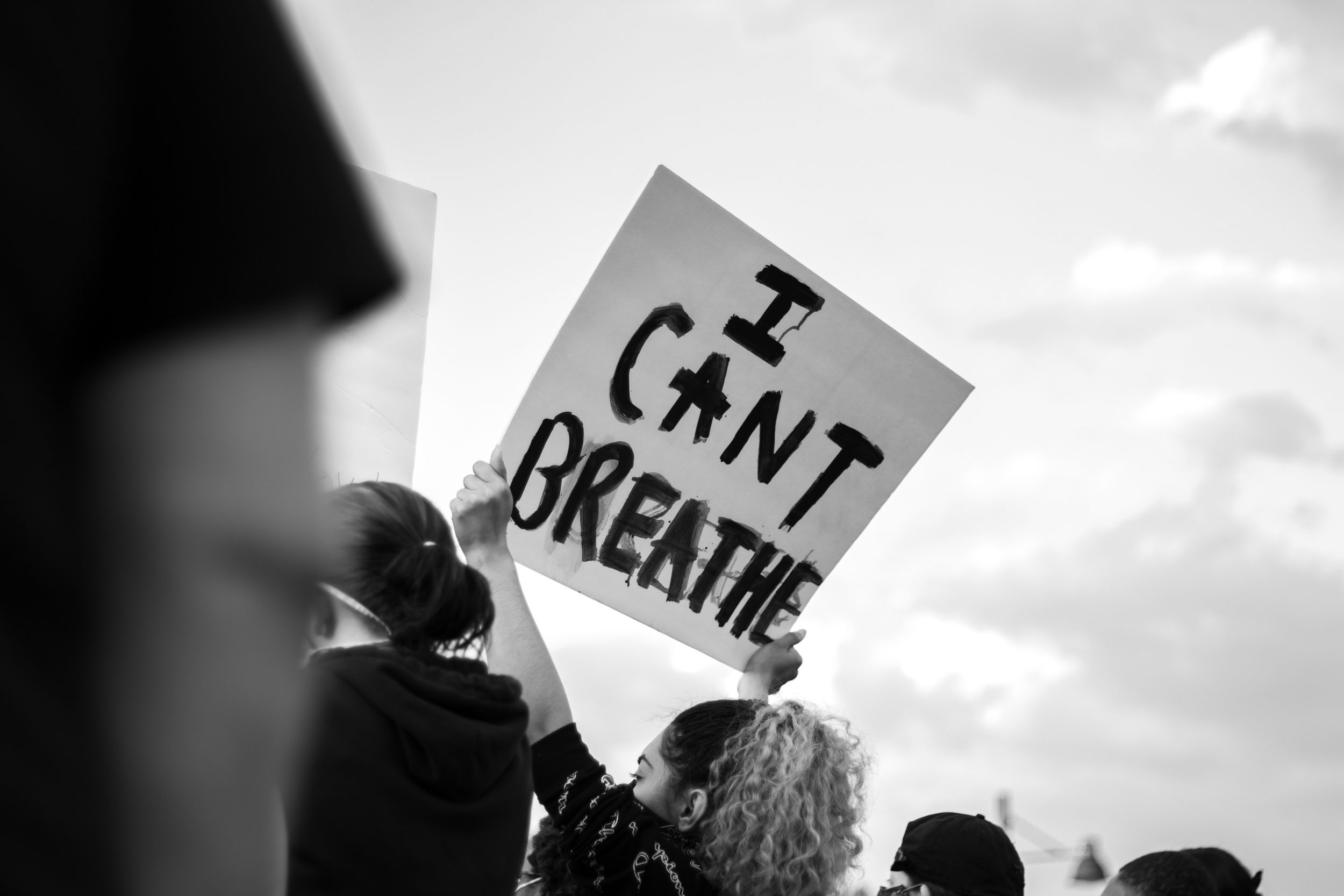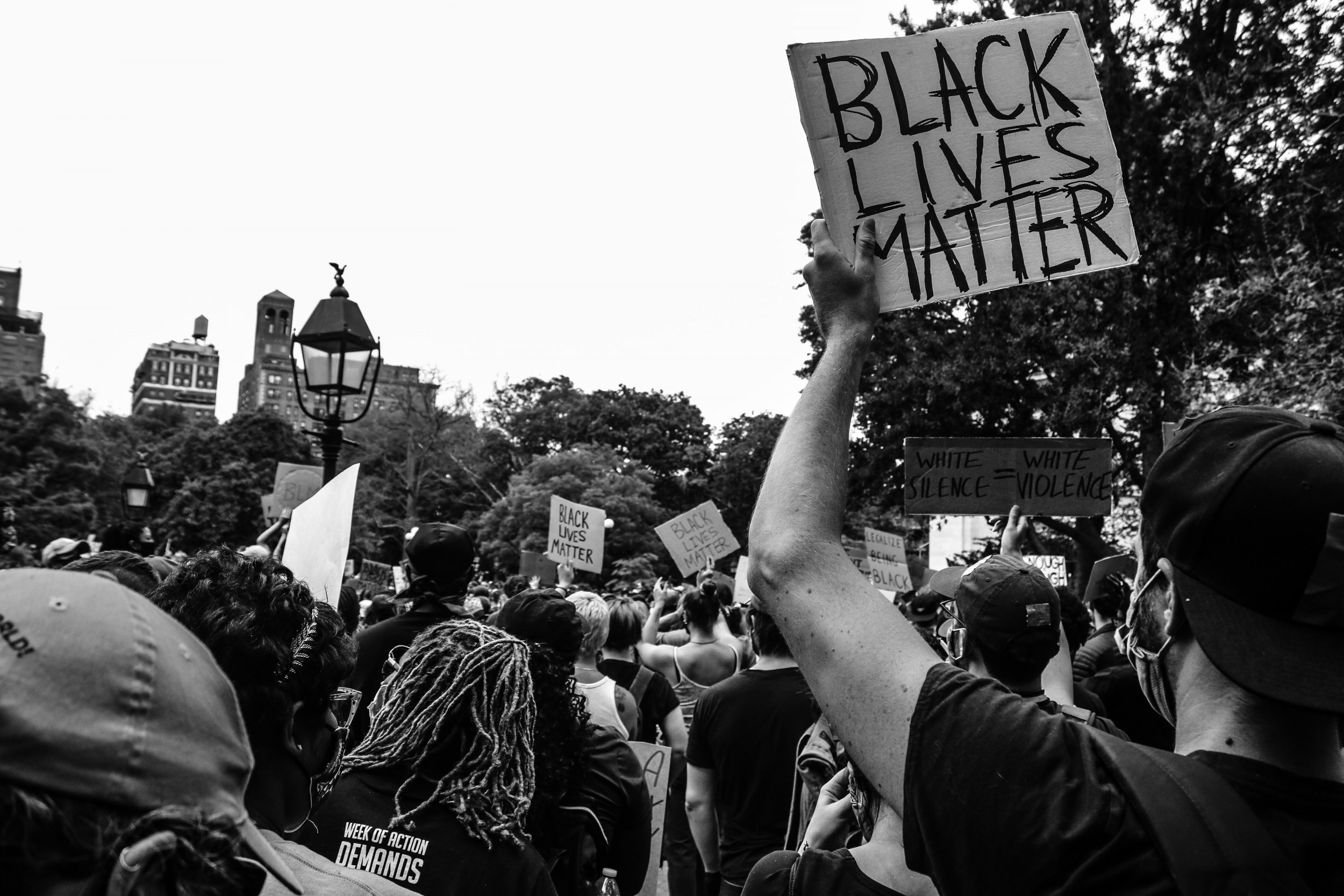As Russia sees thousands of people taking to the streets to demand the release of jailed opposition leader Alexei Navalny Lanabi La Lova, PhD candidate at the LSE, looks at the role that social media plays in anti-government protests in Russia.
Across Russia, protests continue. For a second weekend in a row, despite the pandemic and severe Russian winter, hundreds of thousands of people rallied in more than 100 Russian cities and towns for the opposition leader and vociferous Putin critic Alexei Navalny after his recovery from an alleged assassination attempt, return to the country and subsequent arrest. Thousands of protesters have been detained; the government has blocked off the city centre in Moscow and Saint Petersburg. Yet the crowds are still on the streets. Scrutinising the role of new media in enabling information to spread raises questions that may help explain these events unseen in the country in ten years.
YouTube and Telegram: the challenge to state-controlled media
 New media is playing a key role in the dissemination of alternative messages to government propaganda. While until recently, television was the main source of media consumption in Russia, the popularity of Navalny’s ‘Putin’s Palace’ on YouTube – a video report about a vast Black Sea mansion allegedly belonging to Putin, that has been watched more than 100m times – is a clear sign that the era of state-controlled television is drawing to close. YouTube channels, however, are only the initial step in the new information spreading mechanism, with the second step being the voices of digital protesters on social media.
New media is playing a key role in the dissemination of alternative messages to government propaganda. While until recently, television was the main source of media consumption in Russia, the popularity of Navalny’s ‘Putin’s Palace’ on YouTube – a video report about a vast Black Sea mansion allegedly belonging to Putin, that has been watched more than 100m times – is a clear sign that the era of state-controlled television is drawing to close. YouTube channels, however, are only the initial step in the new information spreading mechanism, with the second step being the voices of digital protesters on social media.
My research suggests that in 2021 protesting from the couch became more socially acceptable, whereas it was almost inconceivable in conservative Russia before the pandemic. New social media are not simply a source of alternative media narratives, but a platform for anti-state protest. If by joining a crowd on the street you can get anything from COVID-19 to years in jail, creating a supportive Instagram story or TikTok video might seem like a safe alternative for expressing dissenting views. However, emerging virtual protesters not only express their opinion but also turn into powerful agenda-setting agents, thereby accelerating the information spread and possibly triggering increased social mobilisation in the streets.
The central role of Telegram
In the West, Telegram has a reputation of a conversation app, an alternative to WhatsApp or Facebook messenger. However, in addition to being a messenger service, the app offers many other functions that are likely to have played an important role mass in mobilisation. News, fake news, opinions, memes – Russian speaking Telegram has it all. Users no longer need to be on Twitter to follow @Navalny and no longer need to register on TikTok to watch videos in support of the protests.
Setting up one account and subscribing to the right Telegram channels connects the user to the information from other platforms. Telegram plays the role of a co-ordination hub, helping the call for protests to swiftly migrate from one social media platform to another and contributing to the virality of videos, narratives and memes. Simultaneously, Telegram enables chats, combats spam, facilitates group discussion, while bots help inform protestors about police actions and offer free legal assistance for those who have been arrested.
Implications
Bearing in mind how heavily contemporary Russian protests depend on Telegram, we need a better understanding of the potential risks of such an overreliance on it for democratisation. While the app has been described as more privacy-focused than a competitor like WhatsApp, evidence of its independence provided by experts in the tech industry is still lacking. It is unlikely that the choice of hundreds of thousands of protesters to join the messenger app was motivated by their deep understanding of technical details of end-to-end encryption protocols. More probably, Telegram’s popularity is the result of public trust in the reputation of its founder and CEO, Pavel Durov, as a fighter against censorship.
Often called “Russia’s Mark Zuckerberg”, the billionaire behind Telegram is famous for creating vk.com, the biggest Facebook-style social network in the country. In 2014, when the Kremlin tightened its grip over the Internet and state allies took control of the social network, after resisting government pressure to release the data of Ukrainian revolution leaders, Durov left Russia and started to promote Telegram.
Yet we should not assume that “my enemy’s enemy is my friend’ logic can substitute evidence-based expertise. In a world where Twitter and Facebook can officially silence the President of the United States, for better or worse, the battle for control over free digital speech and mass mobilisation seems to only have begun. While the press keeps discussing what made Navalny a charismatic leader who united the protesters, we should scrutinise modern methods of media agenda-setting and social network organisation to better understand what digital media mean for democratisation.
This article represents the views of the author and not the position of the Media@LSE blog, nor of the London School of Economics and Political Science.
Photo by Ignat Arapov on Unsplash





